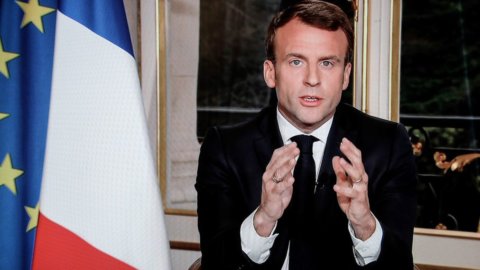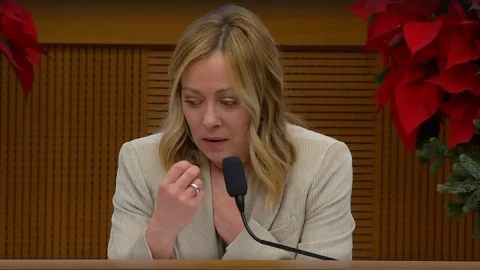Without wanting to be too optimistic, it can be said that there will be some improvement for the Italian fashion system as early as next year. But it will all be attributable to exports, and in particular to sales in non-EU countries, which already today represent 49% of the total (52% for the leather supply chain).
However, it will only be at the end of 2013, and then in 2014, that it will be possible to start talking about a recovery also in terms of company profitability, both in terms of EBITDA, which should return to 2008 levels, and in terms of ROI, expected to grow slowly less than 7%.
This while the macroeconomic scenario outlines "a moderate expansion of global economic activity" with "a driving role of the United States, the Asian economies and the OPEC countries, while the euro area will continue to be conditioned by the necessary adjustment process of public finances".
In a nutshell, these are the forecasts of Gregorio De Felice, chief economist of Intesa Sanpaolo, illustrated yesterday in the usual annual meeting organized by Pambianco, Business Strategies, which not surprisingly this year chose as the theme "Full speed towards abroad".
Pierluigi Loro Piana, managing director of the family business of the same name, also proved to be optimistic, but underlined: “We can do everything in Italy, increase productivity, invest, attract more tourists, export more. But on one precise condition: that the euro has a realistic value. We cannot continue to be the only country in the world, like the EU, which does not have a central bank capable of managing the currency. Only the dollar dictates the law, which also drags along the other currencies linked to it. We can do nothing but suffer. It is not acceptable".
Export, therefore, but above all of luxury products: in fact, luxury is what attracts consumers from emerging countries, who experience it as an expression of their status. It is worth emphasizing that in this segment Italy's world market share is close to 13%, while France stops at 4,9%. Luxury means great quality and the ability to express one's tradition, underlined in his speech François-Henri Pinault, CEO of Ppr, one of the world's leading luxury groups, which controls, among other things, four Italian brands (Gucci, Bottega veneta, Sergio Rossi and Brioni), convinced that Made in Italy is a fragile system but which must be absolutely protected and supported.
A research carried out by Pambianco on 23 Italian fashion groups and a sample of 335 companies also shows that the level of internationalization and profitability grows according to the product range and the size of the company.
In the meantime, the first estimates for the current year, disclosed by De Felice in his speech full of analyzes and numbers, indicate a drop of 4,2% for the turnover of the Italian fashion system for the first eight months of the year, penalized above all by the collapse of the domestic market which lost 10,5% from January to August (against +5,5% in the same period of 2011). With clothing which suffered a drop of 16,5% while tanning and leather goods lost only 1,1% (demonstrating the fact that handbags in particular remain a driving product, especially abroad). By the end of the year, the overall loss of Italian fashion revenues should be around 3,5-4%.
Therefore, a large part of the growth of Italian companies depends on international markets, but not all markets are the same: Europe is still stagnant (-1,8% in the first seven months, with Germany at -4% ), while the United States (+18,4%), Russia (which with +14,4% overtook Germany), and then China (+17,9%) and South Korea (+16,7%) are growing . Japan also grew a lot (+18,7%) but a strong uncertainty hangs over this country, not only because the recession returned in the second half of the year, but also because Parliament approved an increase in the consumption tax from 5 current % at 10% by October 2015. This could lead to a drastic slowdown in consumption.
The horizon, however, seems to calm down: "The worst could be behind us - concludes De Felice - we can see the first, weak, signs of a slowdown in the descent". It's already something.





